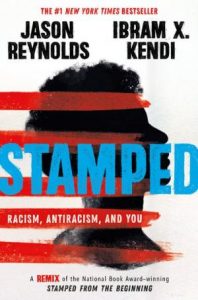By Deanna Day, Washington State University, WA, and Barbara A. Ward, University of New Orleans, LA
 In this column we continue to explore recent trends in censorship and book banning by highlighting how authors feel about their books being challenged. Additionally, we offer some ideas for classroom teachers interested in supporting children’s rights to read by teaching about censorship and book banning.
In this column we continue to explore recent trends in censorship and book banning by highlighting how authors feel about their books being challenged. Additionally, we offer some ideas for classroom teachers interested in supporting children’s rights to read by teaching about censorship and book banning.
It isn’t just teachers, librarians, and school board members who are put into the position of defending certain books. The recent attacks on books featuring certain types of stories have even had a chilling effect on the publishing industry, with some publishing houses shying away from topics that might be deemed controversial. Many authors of children’s and young adult books are finding themselves on the defensive because their books have drawn negative attention from parents and community members. Author Jason Reynolds, who has written a number of books that have been challenged such as Stamped: Racism, Antiracism and You (2020), a remix of the adult title Stamped from the Beginning: The Definitive History of Racist Ideas in America (2016) by Ibram X. Kendi and All American Boys (2015), cowritten with Brendan Kiely, emphasizes that limiting access to books limits kids’ curiosity and that banning books sends the message that kids shouldn’t ask questions. “Books don’t brainwash. They represent ideas,” he said. Continue reading

